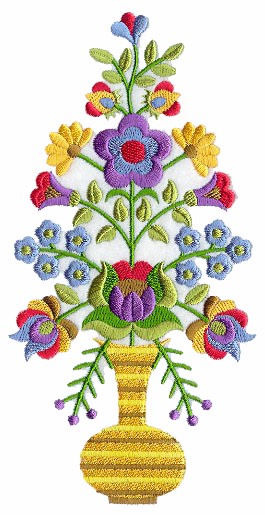The Bhagavad Gita is clearly true allegory, which means it has both a metaphorical and literal meaning simultaneously, while recounting a historical war that has more support for having happened than the Trojan War. The Gita is about inner mastery, but it strains credulity to say that it's not also about just war and duty in society (esp., for that time, for the ruler/warrior). This is why I posted this with the obvious visual reference: to prompt some discussion about what ahimsa means to different people. Ahimsa, as used in Eastern traditions, is a plastic, and not fixed, term. A strict Jain interpretation of ahimsa, and they legitimately would have the most claim to the term, would be absolute pacifism (and not moving for fear of destroying anything at all and starving oneself to death), although mainstream Jainism allows for self-defense. Gandhi publicly said that the Gita (by far his primary text for life, above, it seems to me, the Upanishads) was about inner struggle, but I doubt he really believed that to be entirely the case. Gandhi's resistance was indeed active, going farther into the potential for ensuing violence after confrontation than his other influences, like the Sermon on the Mount, Thoreau and Tolstoy, would espouse. So it's complicated. Ahimsa is both an easeful philosophy and a call for some kind of activism, at the same time. I agree with Gandhi that compassion is the key and that, sometimes in the long view, slavish devotion to pacifism (as in the cases of self-defense and acceptance of brutal oppression) may not be the most ahimsa approach overall. To me ahimsa is about compassion and a feeling of connectedness, which ultimately leads to a sense of non-duality and even a beyond-witnessing awareness, generally soothing and relieving of suffering, but sometimes calling for action with right intention. So it requires a "purification" of motive, always acting with compassion for the human condition overall, to make right-seeming actions truly right.
— Gabriel Fenteany, December 31, 2015

